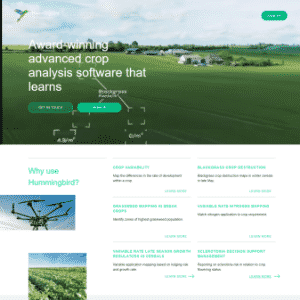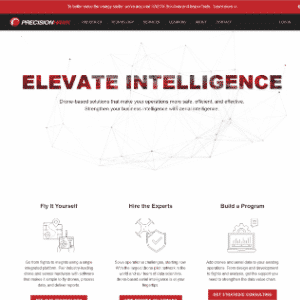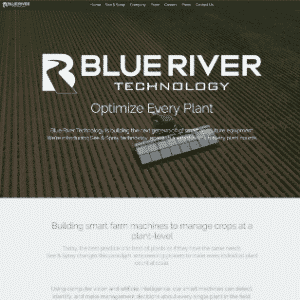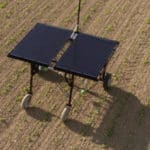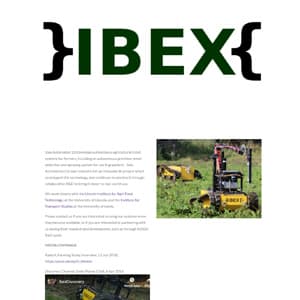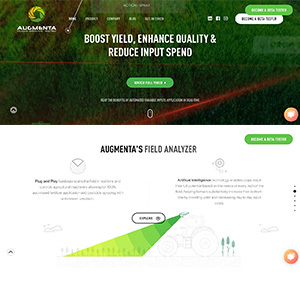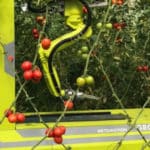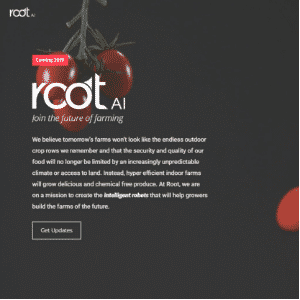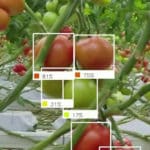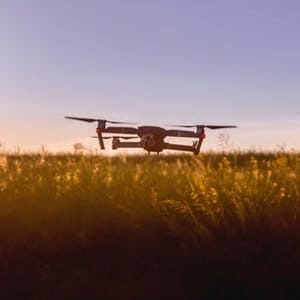
Agriculture Robots
Due to labor shortages and increased need to feed the global population agriculture robots are becoming common place for farmers.
Key drivers of this trend include:
- Labor shortages decrease crop production by an estimated $3.1 billion a year in the USA alone – Source.
- World population is expected to grow by over a third, or 2.3 billion people, between 2009 and 2050 – Source
- Vision and machine learning technology that allows robots to see and train on their surroundings
- Decreased costs of connected sensors
- 40 percent of nationwide farm costs going to wages and other labor costs – Source
We are still in the early stages of an ag robotics revolution with most of the products still in early trial phases and R&D mode.
That being said we dive into the current applications and companies driving this industry forward below.
11/07/2019
Outdoor Agriculture Robotics
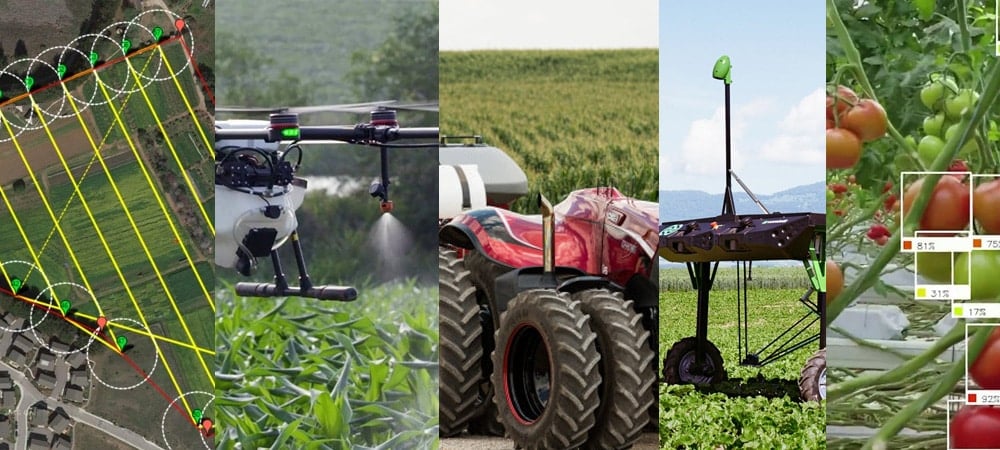
Drones / Aerial Imaging
Drones are one of the first robotic applications that farmers have adopted thanks to obvious applications like time and labor savings in not having to go out to visual checking on a crop.
These drones are equipped with multi-spectral and photo cameras that can monitor crop stress, plant growth and predict yields with more advanced drones able to carry and deliver payloads like herbicides, fertilizer, and water.
The drones can be utilized via a drone-as-a-service type operation with scheduled flyovers or can be stored on site and used as needed with weatherproof docking stations that allow the drones to recharge and send data back to be analyzed.
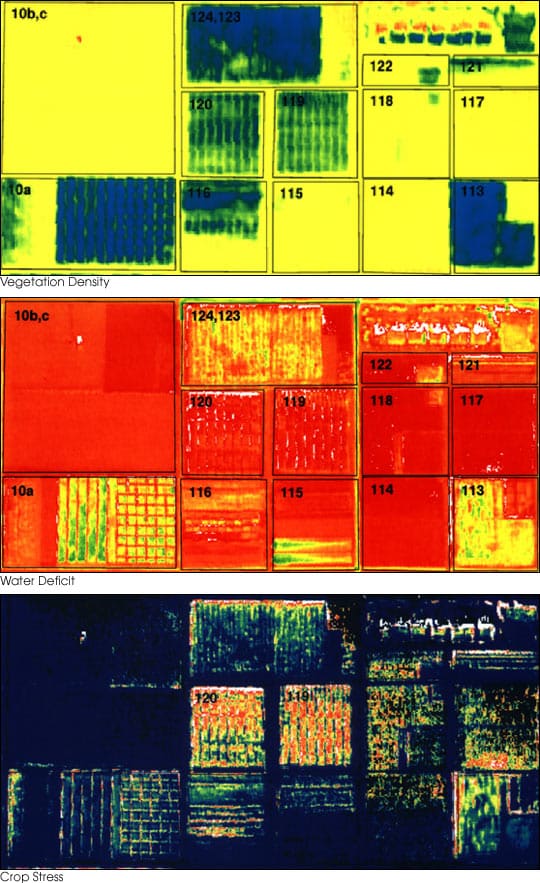
Ag Drones Services
Looking for more UAV farming providers?
Spraying and Weeding Robots
Utilizing databases of weed images, these companies train their robots to detect and pluck weeds or apply pesticides directly on the weed itself and not the plant.
With a growing number of weeds become resistant to pesticides and the overall cost and use (estimated and 3 billion pounds of herbicides applied at a cost of $25B each year) this technology could be a huge boost to both the farmers bottom line and the environment.

Weeding and Spraying Ag Robotics
Looking for more automated weeding solutions?
Auto steering & Autonomous Navigation
Using GPS farmers can now enable their tractors and other farm equipment to automatically run in your fields or at the very least reduce fatigue while you are in the cab.
Most of these devices offer a high degree of accuracy (down to a few inches) and will automatically adjust to hilly terrain and improve over time if it picks up on any alignment issues, etc. Follow your tractors exact location and progress using your smartphone.
Current system rely on operators to map out an obstacles but this is quickly changing with machine learning and the machines will automatically avoid anything unusual.
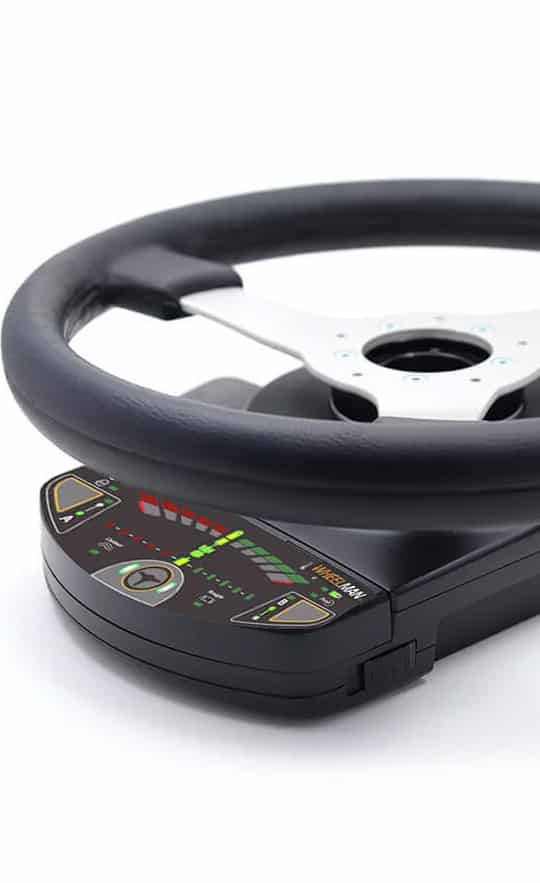
Auto steering tractors and equipment
Looking for additional solutions?
Fruit Harvesting Robotics
Pick your crop 24/7 with robotic arms.
Crops that have an early focus on robotic harvesting include strawberries, cucumbers and orchard fruit like apples.
In the US in 2016 alone over 7 million tons of apples were picked by hand. Hourly wages continue to increase for this difficult job and labor shortages are a real problem. These innovation machines use a combination of image processing and robotic arms to determine what to pick. Quality control and grading of the fruit can be done in one operation keeping repeated handling down. Data analytics on the crop can be helpful in determining business revenue and organizing packaging and processing operations.

Robotic Fruit Harvesters
Looking for more fruit picking robotic solutions?
Indoor Agriculture Robotics

Greenhouse Harvesting
Using machine vision tools and robotics new harvesting systems are starting to emerge for high value crops like tomatoes and strawberries.
The harvesting robots are able to go down greenhouse aisles accurately identify ripe versus unripe plants, harvest them and place them in on-board boxing systems.

Greenhouse Robotics
Looking for more indoor robotic harvesting providers?
Greenhouse Material Handing
With robots working safely alongside people robots can perform dreaded manual labor tasks like plant spacing.
The robots can also increase plant quality by optimizing plant placement and reducing non‐labor production costs including a reduction in the amount of water, pesticides, herbicides and fertilizers used as a result of more consistent spacing.

Greenhouse Material Handling Robotics
Looking for more indoor robotic handling providers?
Additional Resources
Articles
- The 'robot harvest' -- technology to transform the future of produce growing - 3/2018
- Realizing Resilient Food Systems - 2016
- A Vanishing Breed
- How the Decline in U.S. Farm Laborers Over the Last Decade Has Hurt the U.S. Economy and Slowed Production on American Farms - 6/2015
Initiatives









